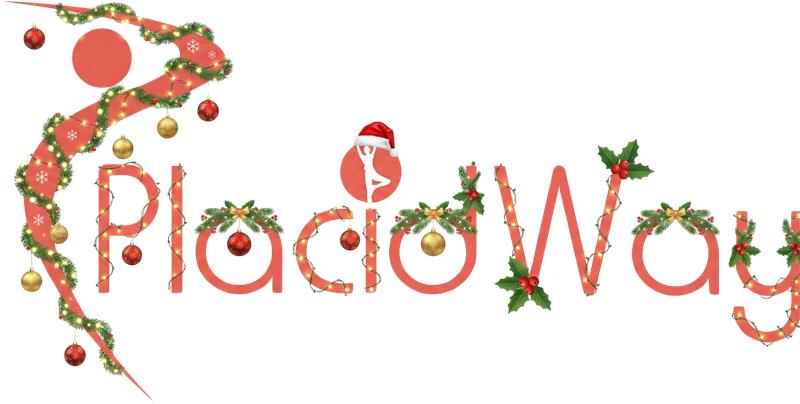Average Cost of Stem Cell Therapy for Autism Worldwide

The question of "how much does stem cell therapy for autism cost?" doesn't have a single, straightforward answer. It's not like buying a standard product with a fixed price.Let’s explore the various elements that contribute to the overall expenditure, providing clarity on what you might expect financially.
How much does stem cell therapy for autism cost on average?
When researching stem cell therapy for autism, you'll quickly discover that the price range is quite broad. This isn't unusual for advanced medical procedures, especially those that are still considered experimental or emerging. A single course of treatment can indeed fall anywhere from $15,000 to upwards of $100,000, and sometimes even higher for more extensive protocols or multiple cycles.
Is stem cell therapy for autism covered by insurance?
This is a critical point for families considering stem cell therapy for autism: the vast majority of insurance companies, both private and governmental, do not cover these treatments. The primary reason for this lack of coverage is that stem cell therapy for autism is generally classified as experimental or investigational. Regulatory bodies like the FDA in the United States have not yet approved specific stem cell treatments for autism spectrum disorder, meaning they are not considered standard medical care.
What exactly is included in the cost of stem cell therapy for autism?
Understanding what your money pays for is vital when considering the high cost of stem cell therapy for autism. While specific inclusions vary from one clinic to another, here's a general breakdown of what might be covered:
- Pre-treatment Evaluation: This can include initial medical consultations, diagnostic tests (blood work, imaging, neurological assessments), and a review of the patient's medical history to determine suitability for therapy.
- Stem Cell Sourcing and Processing: This covers the cost of acquiring the stem cells (e.g., purchasing an umbilical cord blood unit, or the procedure to harvest cells from the patient's own body like liposuction for adipose cells). It also includes the highly specialized lab work to process, purify, and prepare the cells for infusion, ensuring their viability and safety.
- Cell Administration: This is the fee for the medical procedure itself, where the stem cells are infused into the patient (commonly intravenously or sometimes intrathecally). It includes the physician's fees, nursing staff, and facility charges for the administration day(s).
- Post-treatment Monitoring: Some clinics include short-term post-treatment follow-ups or monitoring to assess the patient's immediate response and recovery.
Where can you get stem cell therapy for autism, and do locations impact price?
The geographical location of a clinic offering stem cell therapy for autism is a significant factor in determining the overall cost. Just as with any medical procedure, healthcare costs vary dramatically around the world due to differences in economic conditions, regulatory environments, and general cost of living.
These potential benefits, even if incremental, can significantly improve the daily functioning and overall well-being of individuals with ASD, making the substantial cost of stem cell therapy for autism a worthwhile consideration for many families seeking hope and new possibilities.
Considering stem cell therapy or other advanced treatments for autism? Explore a world of options and trusted clinics at PlacidWay. Connect with experts and find the right healthcare solution for your needs.


.png)









Share this listing